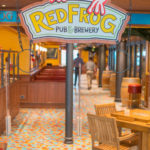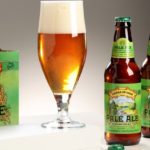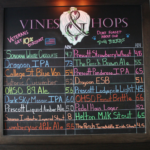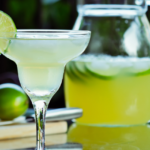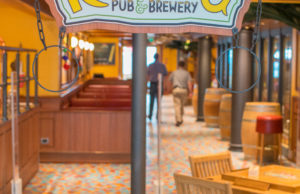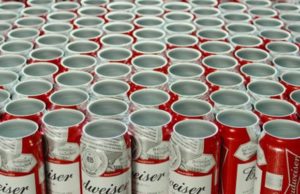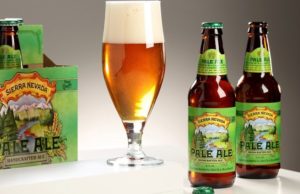September 28th National Drink Beer Day
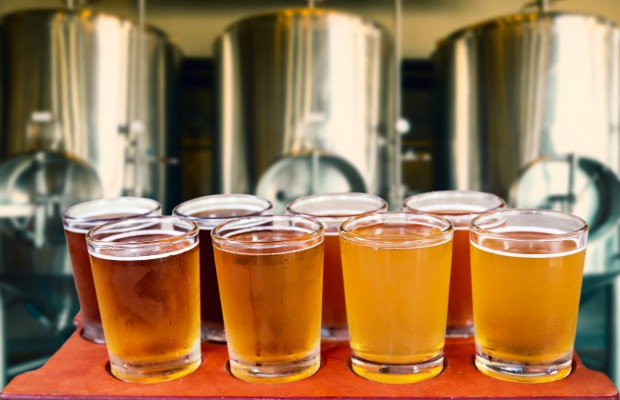
It’s time to hoist a cold brew for the annual National Drink Beer Day, arriving September 28th.
Beer fans are growing, and a craft beer bonanza is growing too, with a growth rate of over 17.2% in the craft market last year. Also growing are “beer holidays” from May’s Craft Beer Week to India Pale Ale Day in August. But, come September 28th, it doesn’t matter what type of beer you quaff – you’re just supposed to raise a glass.
The word beer is Germanic, but there are many variations: in France it’s biere, in Turkey it’s bira. Whatever you call it, beer has been a part of human culture for a very long time. In fact,
beer is one of the oldest known beverages, with breweries dating back to 1040 A.D.
Beer was recorded as a consumed beverage as far back as the days of ancient Egypt, and tests of pottery jars reveal traces of beers produced some 7,000 years ago. In ancient Iraq, a Sumerian poem honors the patron goddess of brewing, Ninkasi – and provides the oldest beer recipe available, which details making beer from the barley contained in bread. In short, home brewing is hardly a new phenomenon.
During the Industrial Revolution, beer moved into the manufacturing marketplace. With then-new technology such as thermometers readily available, Brewers were able to produce more consistent results, and consumers were willing to purchase the beers they made rather than drinking what they made at home. In 1817, Daniel Wheeler invented the drum roaster, which allowed beer makers to craft dark roasted malts. While sour beers are a craft specialty today, when Louis Pasteur discovered yeast’s role in souring during fermentation, the discovery led to brewers preventing unintentional souring by microorganisms.
Technology advanced, production increased, and here in the U.S., there were thousands of breweries by the time Prohibition laws were enacted. Prohibition shut most of these brewers down, and although breweries came back when the law was repealed, the composition of commercial beer had changed. Beers were initially heavier and darker than modern mass-produced beer; but during Prohibition, bootlegged beer was frequently watered to improve the bottom line. The result was a change in Americans’ beer palate, with beer drinkers preferring lighter tasting, weaker beers.
But that’s all changed now. Multinational companies have been joined by craft brewers who are small, independent, and rely on traditional brewing practices that include a variety of brewing ingredients and fermentation. Craft brewers are frequently innovative, taking traditional ingredients like malted barley and historic styles and crafting them into new styles and flavors that may contain non-traditional flavors and ingredients. Most U.S. residents live within 10 miles of a craft brewer, so gone are the days when the only option available to beer lovers came from a mass-produced can in the local mini-market. From Belgian lambics to German wheat beers to India Pale Ales, the global brewing industry now offers a wide range of beers to consumers, thanks to these thousands of small producers and a renewed, robust marketplace.
That’s a lot of suds. Certainly, such an accomplishment should be celebrated by making a toast – on National Drink Beer Day.

